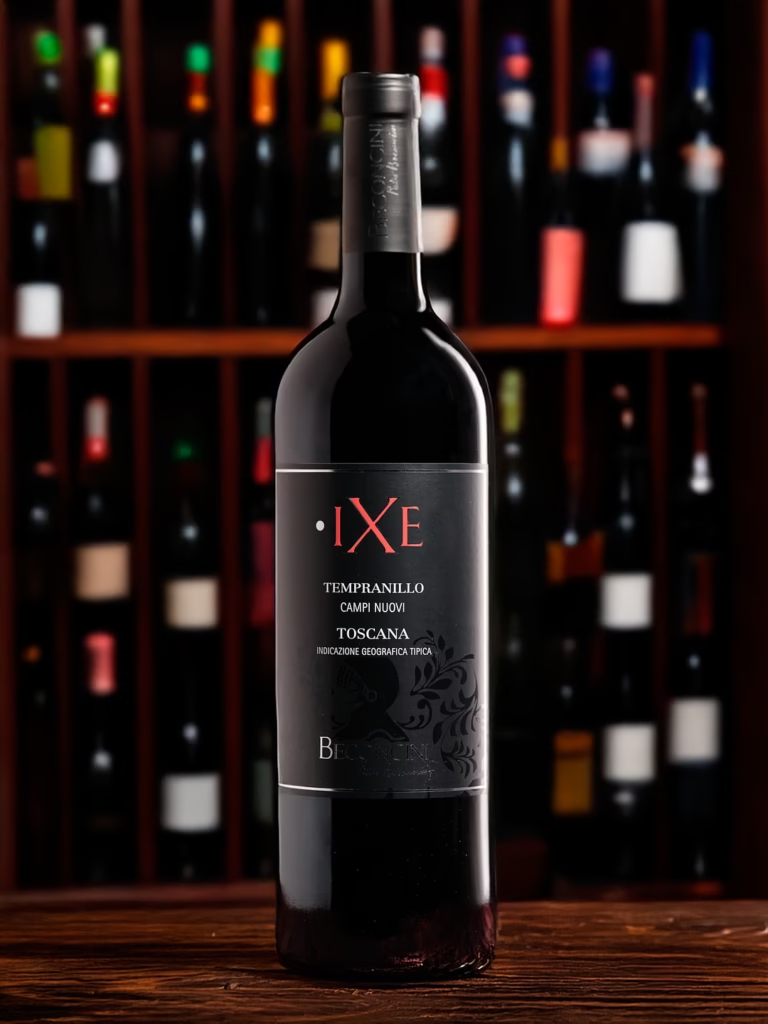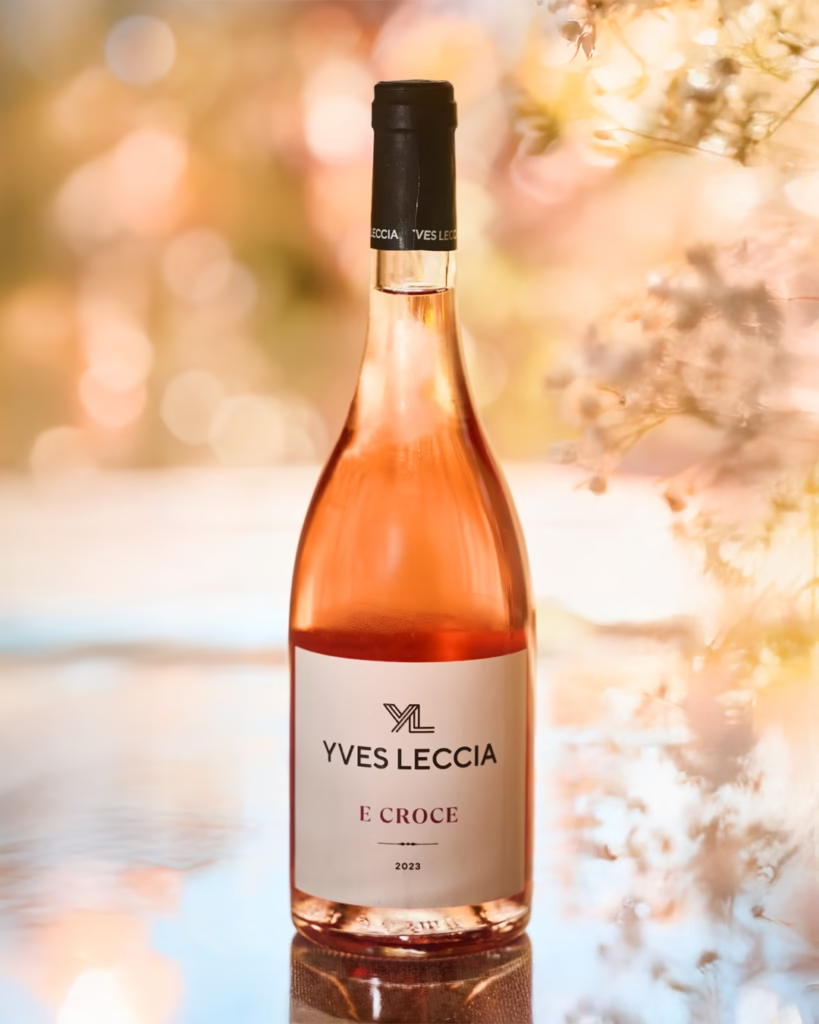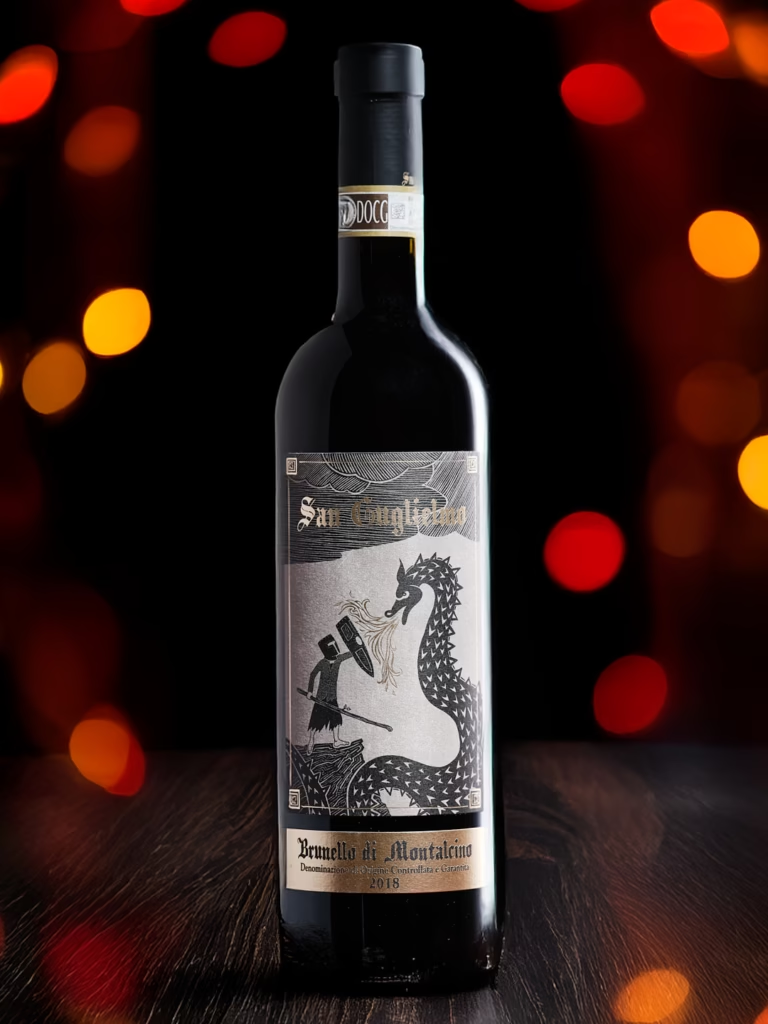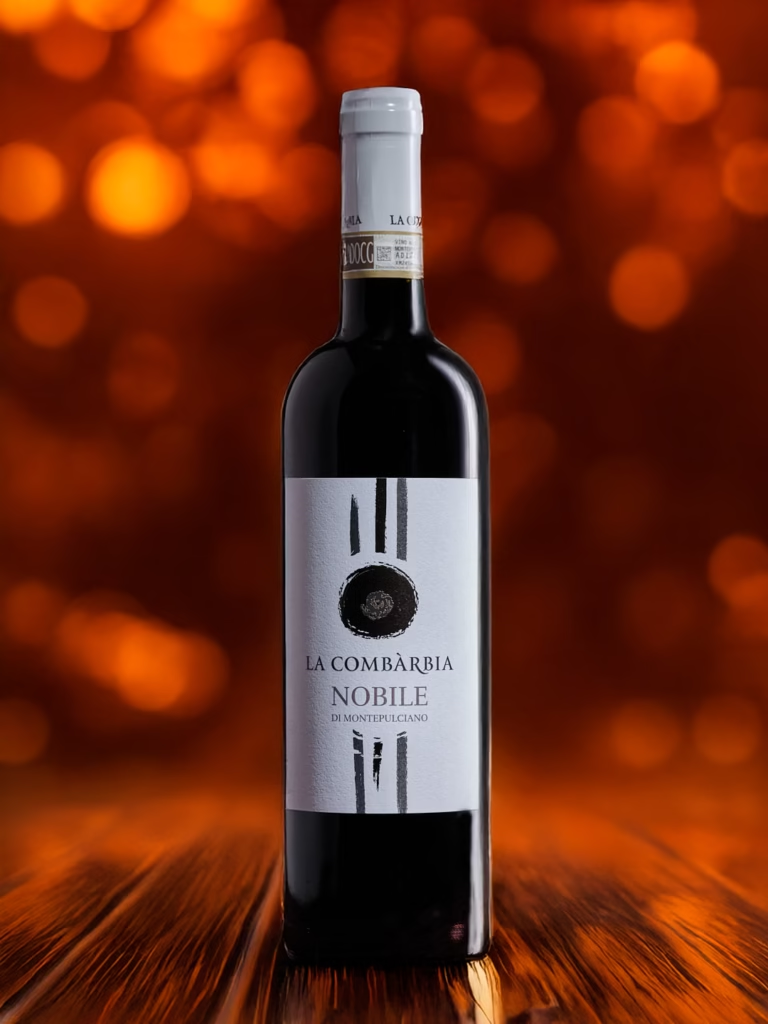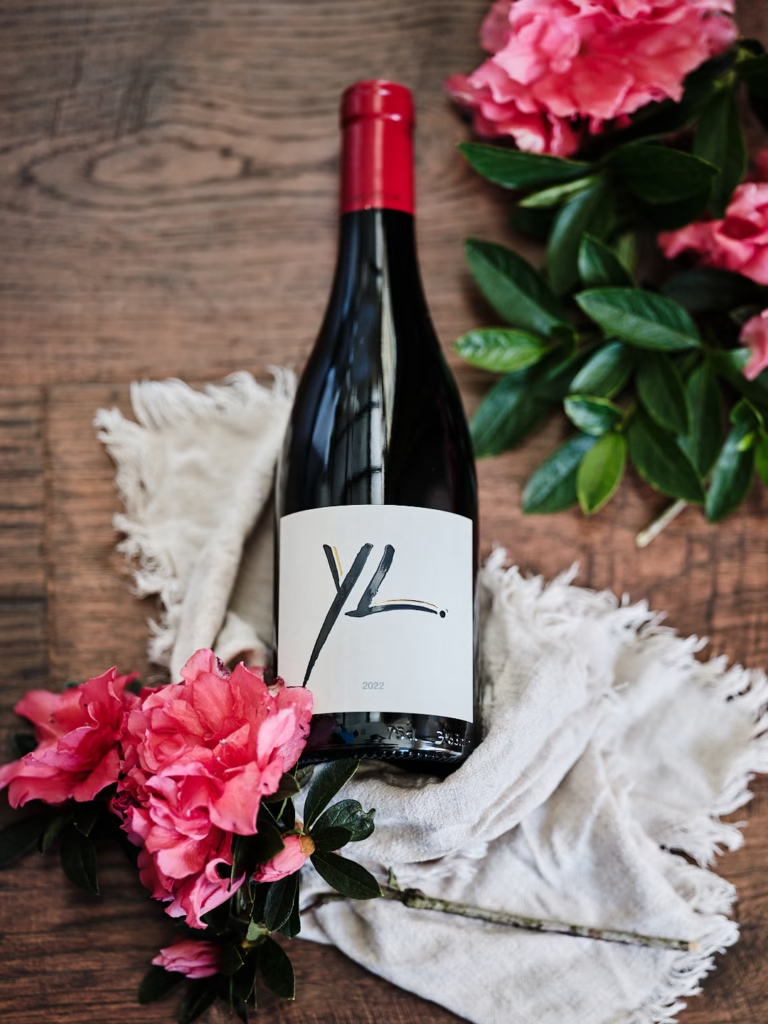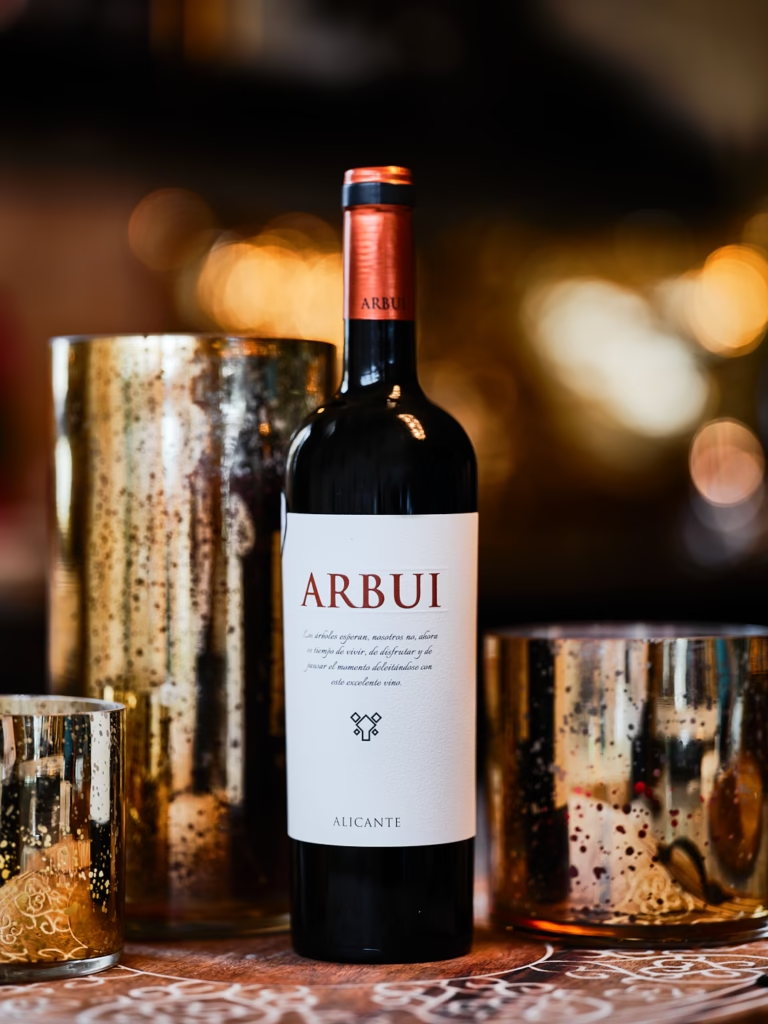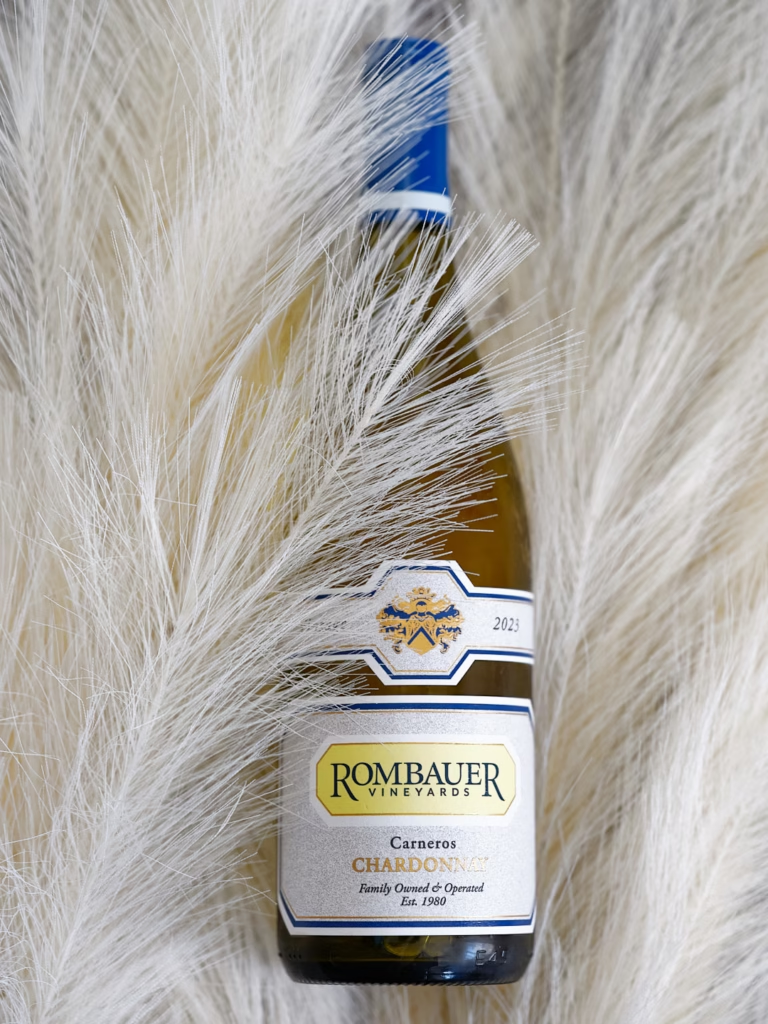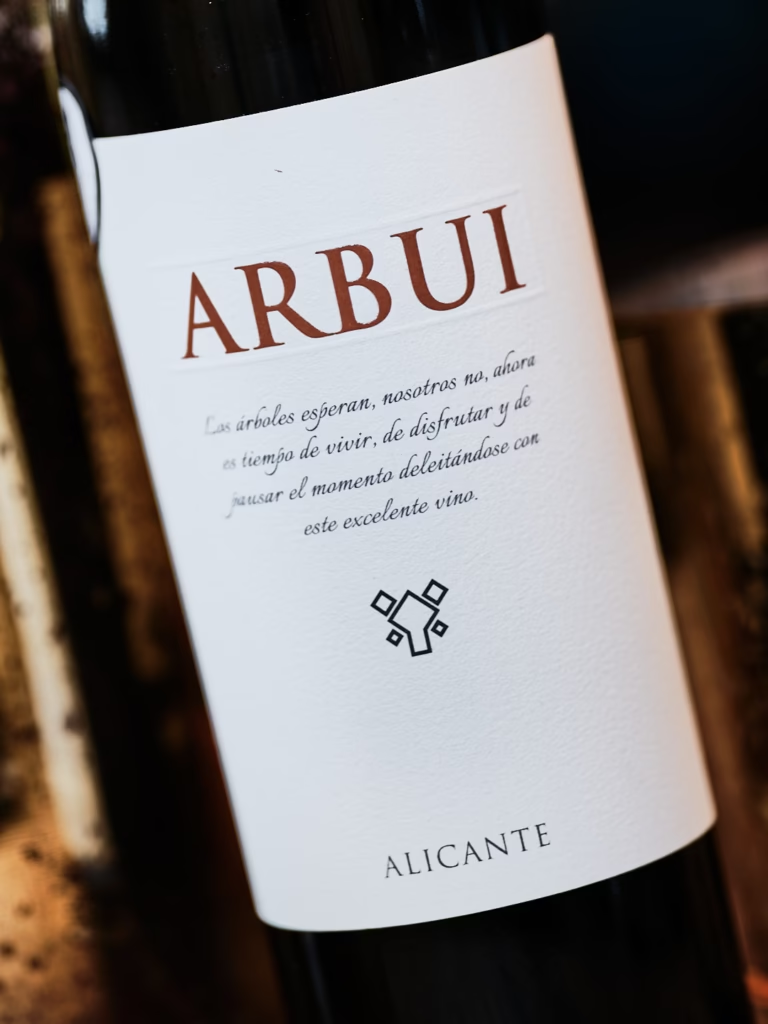No products in the cart.
The Art of Wine Photography for Commercial Use

Wine photography is more than just snapping a picture of a bottle; it's about telling a story that resonates with the viewer, conveys the brand’s message, and captures the essence of the wine itself. Whether you're a photographer breaking into the commercial wine niche or a wine brand looking to elevate your visuals, this guide will help you master the craft of wine photography for commercial use.
Refer my Instagram for sample images @finewinetrails
1. Understanding the Purpose
The first step in wine photography is understanding why the photos are being taken. Is the goal to sell wine online? Enhance a wine brand's social media presence? Create a print advertisement? Each purpose requires a different approach:
- E-commerce: Focus on clean, clear images of the bottle, label, and wine color.
- Social Media: Showcase lifestyle shots, vineyard settings, or food pairings.
- Advertising: Go for dramatic compositions with a storytelling element.
2. Crafting the Perfect Composition
Composition is key to creating striking wine images that grab attention:
- Rule of Thirds: Position the bottle off-center to create a balanced and visually appealing shot.
- Leading Lines: Use props, such as a wine pour, table setting, or vineyard tools, to direct the viewer’s gaze to the focal point.
- Negative Space: Leave room for text or branding if the image will be used in ads or marketing materials.
3. Lighting Techniques
Lighting can make or break a wine photo. Here are a few tips to get it right:
- Backlighting: Highlight the wine’s clarity and color by placing the light source behind the bottle or glass.
- Diffused Lighting: Avoid harsh reflections by using softboxes or natural light filtered through a diffuser.
- Directional Light: Add drama with shadows and highlights by angling the light from one side.
4. Styling and Props
Props should complement the wine, not distract from it. Consider:
- Minimalist Styling: A simple backdrop and a clean surface emphasize the bottle.
- Natural Elements: Incorporate grapes, corks, vineyard leaves, or wood for an organic feel.
- Food Pairings: Highlight pairings like cheese boards, roasted meats, or desserts to evoke a luxurious lifestyle.
5. Highlighting the Bottle
The bottle is the hero of wine photography. Here's how to make it shine:
- Clean Labels: Ensure the bottle is spotless, with no smudges or dust.
- Avoid Glare: Use a polarizing filter or adjust lighting to reduce unwanted reflections.
- Focus on Details: Highlight the label’s design, vintage, and branding.
6. Capturing the Wine's Essence
Conveying the wine’s character goes beyond the bottle. Think creatively:
- Wine Pours: Capture the motion of wine being poured into a glass to convey elegance and movement.
- Texture and Color: Highlight the wine’s texture, whether it’s a silky red or a sparkling white.
- Mood Creation: Use lighting and props to create moods—cozy for a red wine by a fire, fresh for a white wine in summer.
7. Post-Processing and Editing
Editing brings out the best in your wine photos. Focus on:
- Color Correction: Ensure the wine’s color looks natural and inviting.
- Retouching: Remove any imperfections, such as smudges or scratches on the bottle.
- Highlighting Details: Enhance the label’s sharpness and make text readable.
8. Keeping It Brand-Focused
Remember, wine photography for commercial use is about aligning with the brand’s identity. Communicate with your client or define your own style if you’re the brand owner:
- Luxury Branding: Use dark, moody tones and high-end props.
- Approachable Branding: Go for bright, cheerful imagery with casual props.
- Heritage Branding: Highlight vineyard elements and traditional props like barrels or corkscrews.
9. Planning for Multiple Platforms
Commercial wine photos will likely be used across various platforms. Ensure versatility:
- High-Resolution Images: Required for print ads and large displays.
- Social Media Formats: Create vertical and square formats for Instagram and mobile use.
- Consistent Style: Maintain a cohesive look for all images to reinforce brand identity.
10. Practice and Experimentation
The key to mastering wine photography is practice. Experiment with:
- Different lighting setups to find your signature style.
- Creative angles, like close-ups of wine swirling in a glass.
- Unique props and backgrounds to differentiate your work.
Wine photography combines technical skill, creativity, and an understanding of branding. By focusing on these elements, you can create commercial wine images that not only look stunning but also drive engagement and sales. Cheers to capturing the art of wine! 🥂
Looking for a Wine Photographer?
If you’re a wine, beverage, or food brand looking to elevate your visuals, I can help bring your vision to life with professional photography tailored to your needs. From clean product shots to artistic storytelling, I specialize in creating images that captivate and engage.
📞 Contact Me:
- Name: Shriyan San
- Phone: 813-787-7093
- Email: info@finewinetrails.com
Let’s create something amazing together! 🥂


